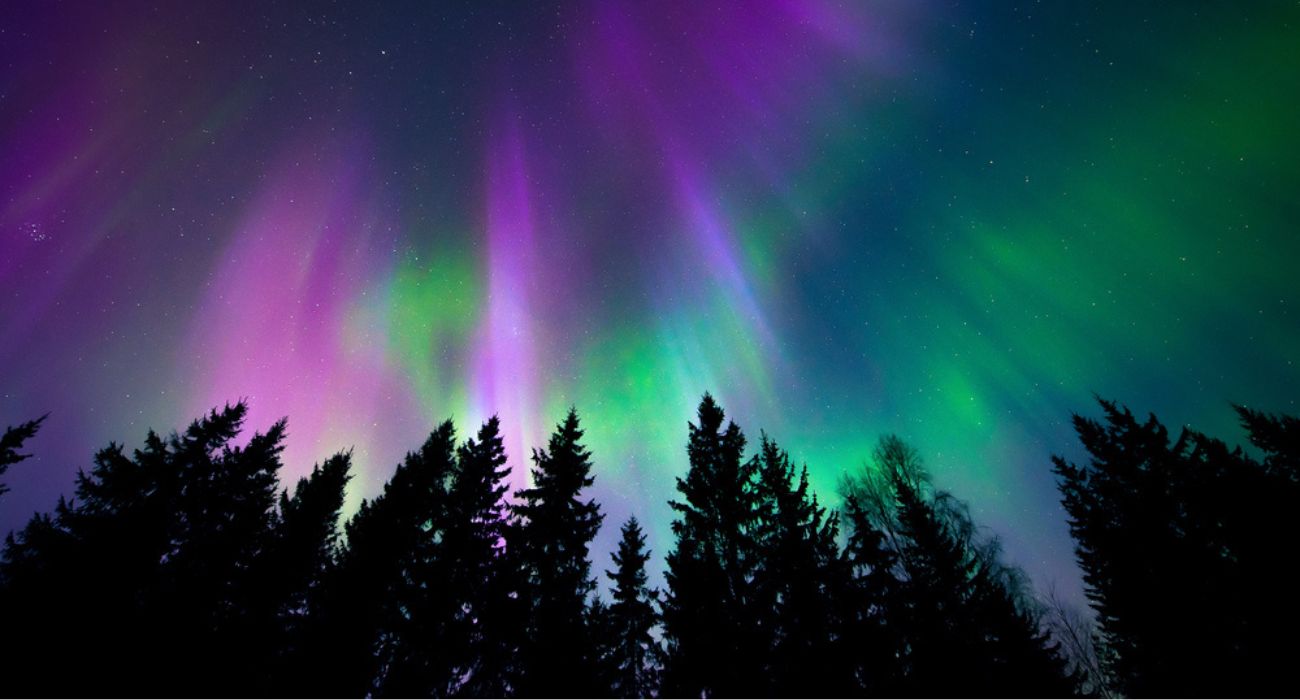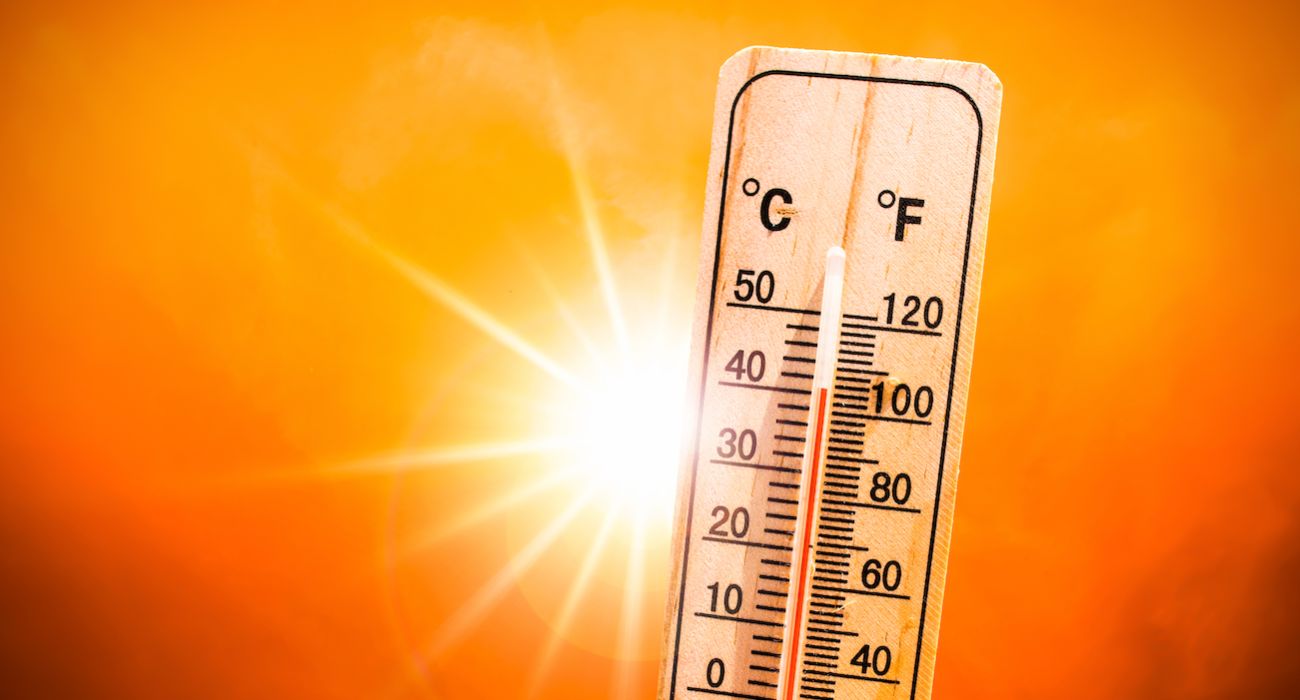People in more than one dozen states were set to check out the northern lights on Wednesday and Thursday until a forecast change dashed all hopes of visibility.
The aurora borealis, otherwise known as the northern lights, is an atmospheric phenomenon that occurs when charged particles from the sun are directed by the Earth’s magnetic field to the poles, where they interact with the atmosphere and create bands of light across the sky. These auroras typically only appear within 1,550 miles of the North Pole, and the Geophysical Institute at the University of Alaska Fairbanks had predicted earlier in the week that auroral activity would be visible in 17 states across the country.
Unfortunately, an updated forecast suggests that the light show might only be visible in Alaska and the northernmost reaches of Minnesota, Montana, North Dakota, and Wisconsin.
The National Oceanic and Atmospheric Administration (NOAA) classifies geomagnetic activity using the planetary K index, or Kp, which ranges from zero to nine. A zero to two on the scale means that activity is low and the lights will be dim, while a rating from eight to nine is very active, with the lights being very visible to those in the northern section of the United States.
The Geophysical Institute has predicted an activity level of two on July 12, with the rating rising to four on July 13. The ratings indicate an increased level of geomagnetic activity, meaning the aurora will be visible in some of the northern sections of the nation.
States that would have been within viewing range of the display would have included Washington, Idaho, Maine, Wyoming, Iowa, Maryland, and New York, among others. For those that might still be able to catch a glimpse further north, NOAA recommends viewing the aurora borealis in an area away from city lights between 10 p.m. and 2 a.m. local time.
As previously reported by The Dallas Express, the northern lights became visible in the Texas Panhandle in both March and April.






